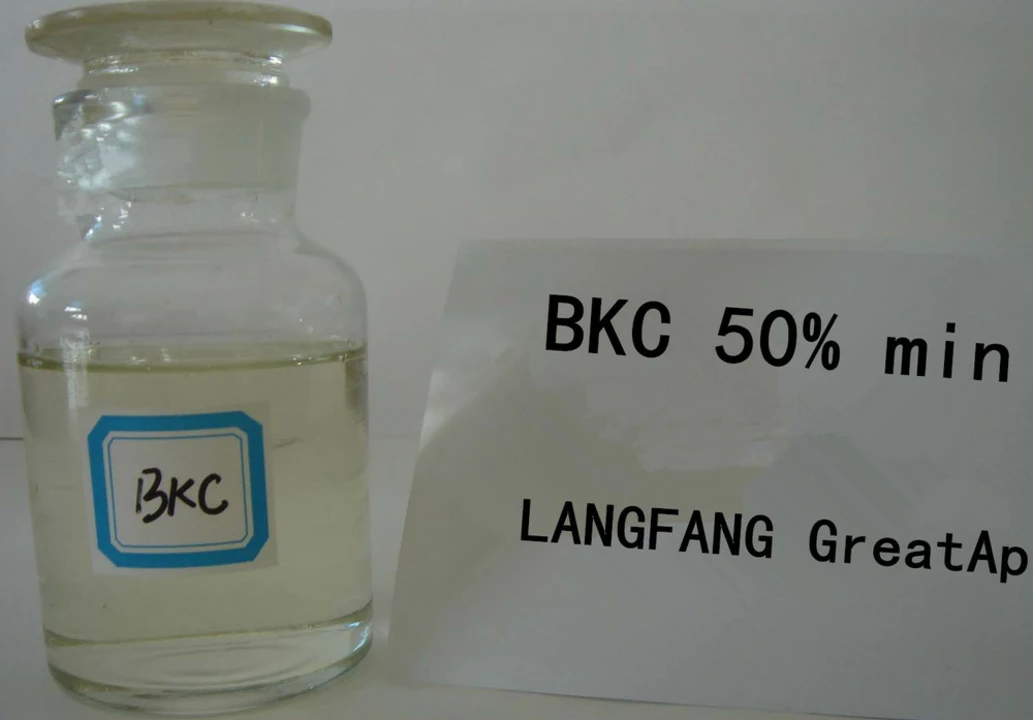
Benzalkonium Chloride: What It Is and Why You’ll See It Everywhere
If you’ve ever grabbed a bottle of eye drops or used a surface spray at home, chances are benzalkonium chloride was inside. It’s a quaternary ammonium compound that kills germs by breaking their cell walls. Because it works fast and stays stable, manufacturers love adding it to everything from disinfectant wipes to cosmetics.
In simple terms, think of it as the invisible shield that keeps products safe to use for longer. It’s cheap, effective, and approved in many countries for low‑concentration uses. That’s why you’ll spot it on pharmacy shelves, in household cleaners, and even in some nasal sprays.
How Benzalkonium Chloride Works
The magic happens at the microscopic level. When a germ contacts benzalkonium chloride, the compound’s positively charged molecules latch onto the negatively charged cell membrane of bacteria or viruses. This interaction destabilizes the membrane, causing it to leak and the microbe to die.
Because it attacks the membrane directly, BZK works against a wide range of bugs – from common Staphylococcus aureus bacteria to some enveloped viruses like influenza. However, it’s not a miracle cure for every pathogen; spores and certain non‑enveloped viruses need higher concentrations or different agents.
Safety Tips & When to Avoid
While benzalkonium chloride is safe in low doses, you still want to handle it right. For skin contact, products usually contain 0.01%–0.13%. Anything stronger can cause irritation, especially on broken skin or eyes.
If you’re using eye drops that list BZK as a preservative, follow the dosing schedule and don’t exceed the recommended amount. Some people develop mild redness or itching – if that happens, switch to preservative‑free alternatives.
When it comes to cleaning, always read the label. Mixing BZK with bleach creates harmful chloramines; avoid that combo. Store containers in a cool, dry place and keep them out of reach of kids.
People with known allergies should check ingredient lists carefully. A quick patch test on your forearm can reveal if you’re sensitive before applying a product to larger areas.
For those looking for alternatives, alcohol‑based sanitizers (at least 60% ethanol) or hydrogen peroxide can be effective, but they evaporate faster and may not preserve products as long. Choose based on what you need – quick kill vs. long‑term stability.
In a nutshell, benzalkonium chloride is a workhorse preservative that keeps many everyday items safe from microbes. Use it wisely, respect the concentration limits, and you’ll benefit from its antimicrobial power without hassle.
-
28 Apr







